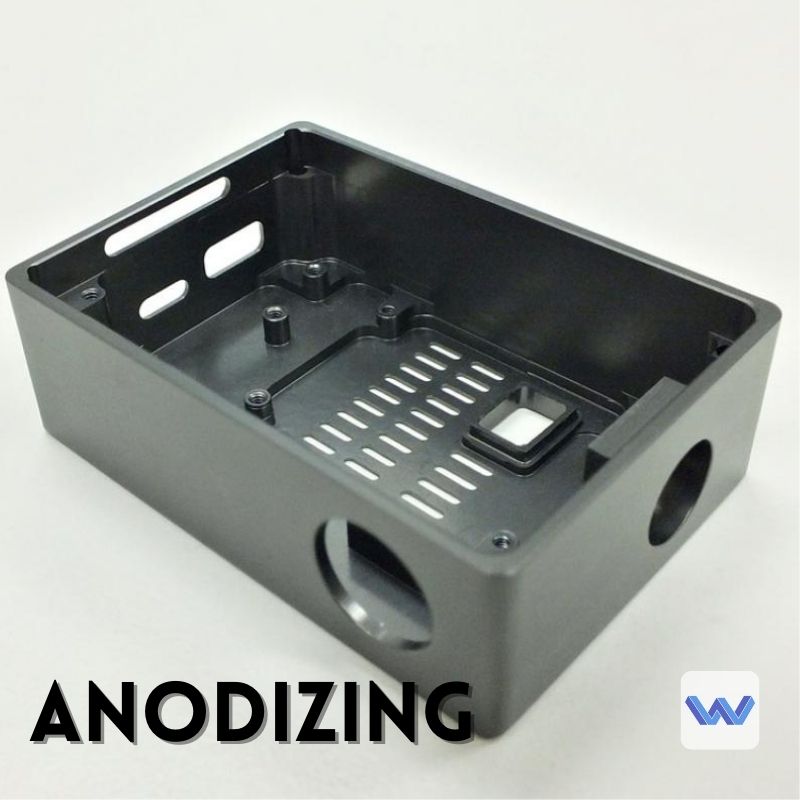Anodizing is a surface finishing process that is commonly used to enhance the appearance and durability of metal parts. It involves creating a controlled oxidation layer on the surface of the metal, which can improve corrosion resistance, increase wear resistance, and provide an attractive finish.
The anodizing process typically begins with cleaning and preparation of the metal part to be anodized. This can involve degreasing and chemical treatments to remove any oils, dirt, or other contaminants that may be present on the surface. Once the part is clean, it is immersed in an electrolytic solution and an electrical current is applied. This causes an oxide layer to form on the surface of the metal, which can range in thickness from a few microns to several hundred microns.
There are several different types of anodizing processes, each of which can produce different results. For example, sulfuric acid anodizing is a common type of anodizing that is often used for aluminum parts. This process creates a thin, hard, and porous oxide layer on the surface of the aluminum, which can be dyed or sealed to create a range of different colors and finishes.
Other types of anodizing processes include hard anodizing, chromic acid anodizing, and phosphoric acid anodizing, each of which has its own unique properties and applications.
Overall, anodizing is a versatile surface finishing process that can be used to improve the performance and appearance of metal parts for a wide range of applications.


